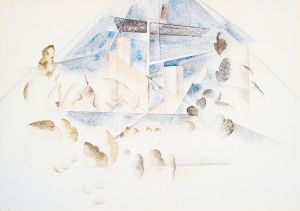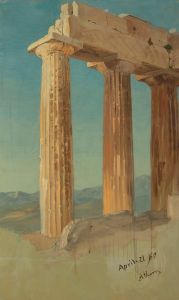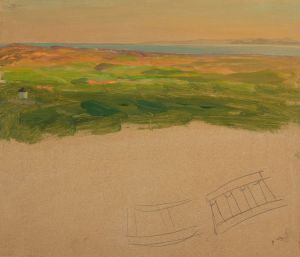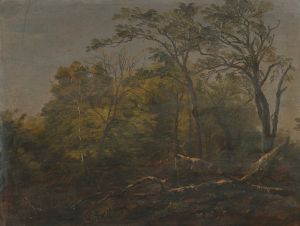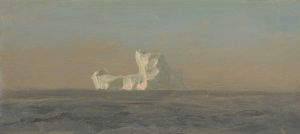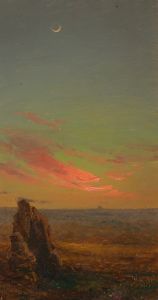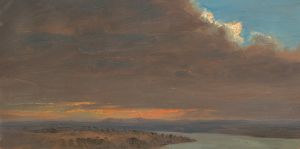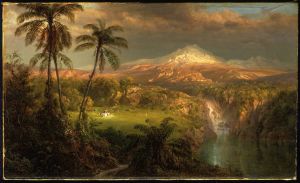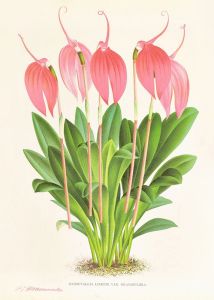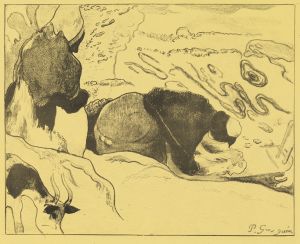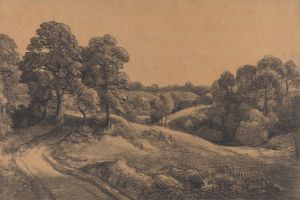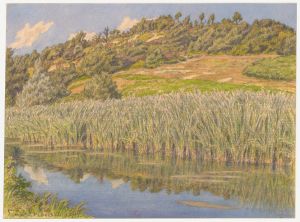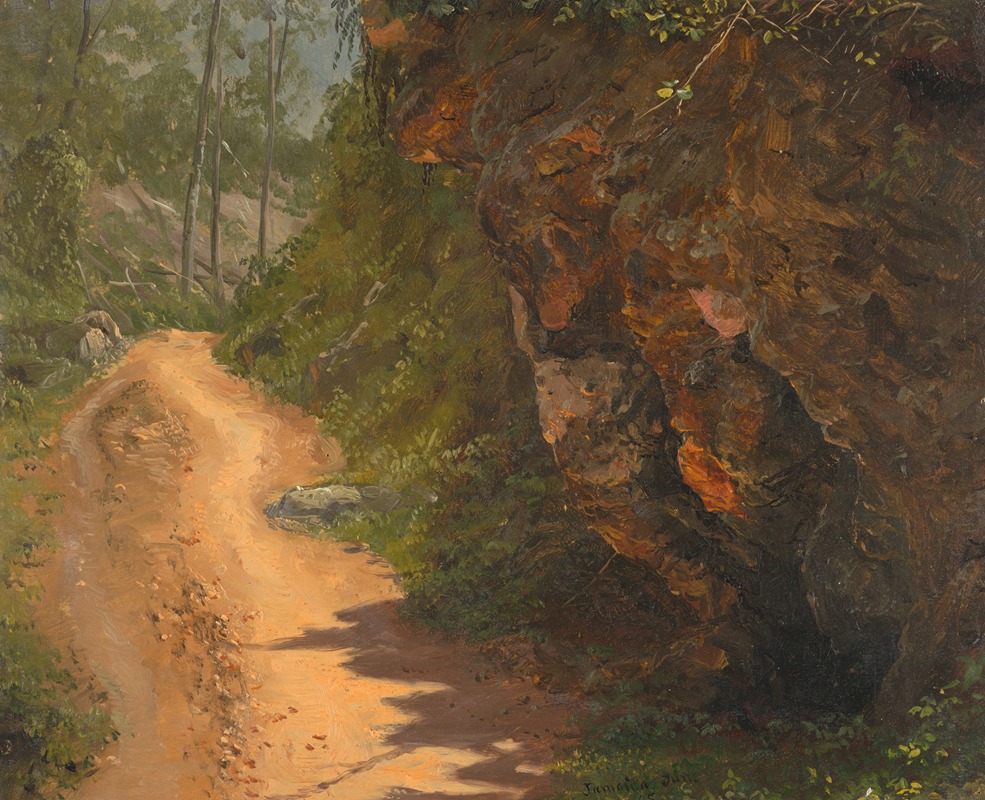
Woodland Path, Jamaica
A hand-painted replica of Frederic Edwin Church’s masterpiece Woodland Path, Jamaica, meticulously crafted by professional artists to capture the true essence of the original. Each piece is created with museum-quality canvas and rare mineral pigments, carefully painted by experienced artists with delicate brushstrokes and rich, layered colors to perfectly recreate the texture of the original artwork. Unlike machine-printed reproductions, this hand-painted version brings the painting to life, infused with the artist’s emotions and skill in every stroke. Whether for personal collection or home decoration, it instantly elevates the artistic atmosphere of any space.
"Woodland Path, Jamaica" is a painting by the American landscape artist Frederic Edwin Church. Created in 1865, this work is a notable example of Church's ability to capture the lush, tropical environments that fascinated him during his travels. Frederic Edwin Church (1826-1900) was a central figure in the Hudson River School, a mid-19th century American art movement known for its detailed, romantic portrayals of the American landscape.
Church's interest in exotic locales was sparked by his travels to South America, the Arctic, and the Middle East, but it was his trip to Jamaica in 1865 that inspired "Woodland Path, Jamaica." This painting reflects Church's meticulous attention to detail and his fascination with the natural world. The work depicts a dense, verdant forest path, with sunlight filtering through the thick canopy of trees. The lush greenery and intricate play of light and shadow are characteristic of Church's style, which often emphasized the sublime beauty of nature.
"Woodland Path, Jamaica" is celebrated for its vibrant depiction of the tropical landscape. Church's use of color and light creates a sense of depth and realism, drawing viewers into the scene. The painting captures the rich biodiversity of the Jamaican forest, with various plant species rendered in exquisite detail. This attention to botanical accuracy was a hallmark of Church's work, reflecting his interest in natural science and his desire to present nature in its true form.
The painting was created during a period of significant personal and professional development for Church. In the early 1860s, he had achieved considerable success and recognition for his large-scale landscapes, such as "The Heart of the Andes" (1859) and "Niagara" (1857). His trip to Jamaica came shortly after the tragic loss of his two young children to diphtheria in 1865, and it is believed that the journey provided him with a form of solace and renewal. The serene and lush environment of Jamaica offered a stark contrast to the personal grief he was experiencing.
"Woodland Path, Jamaica" is part of the collection at the Olana State Historic Site in Hudson, New York, which was Church's home and studio. Olana, designed by Church himself, is a Persian-inspired mansion that overlooks the Hudson River and the Catskill Mountains. The site houses many of Church's works and personal artifacts, providing insight into his life and artistic process.
Frederic Edwin Church's "Woodland Path, Jamaica" remains a testament to his skill as a landscape painter and his ability to convey the beauty and complexity of the natural world. The painting continues to be admired for its detailed representation of the tropical environment and its reflection of Church's deep appreciation for nature.






